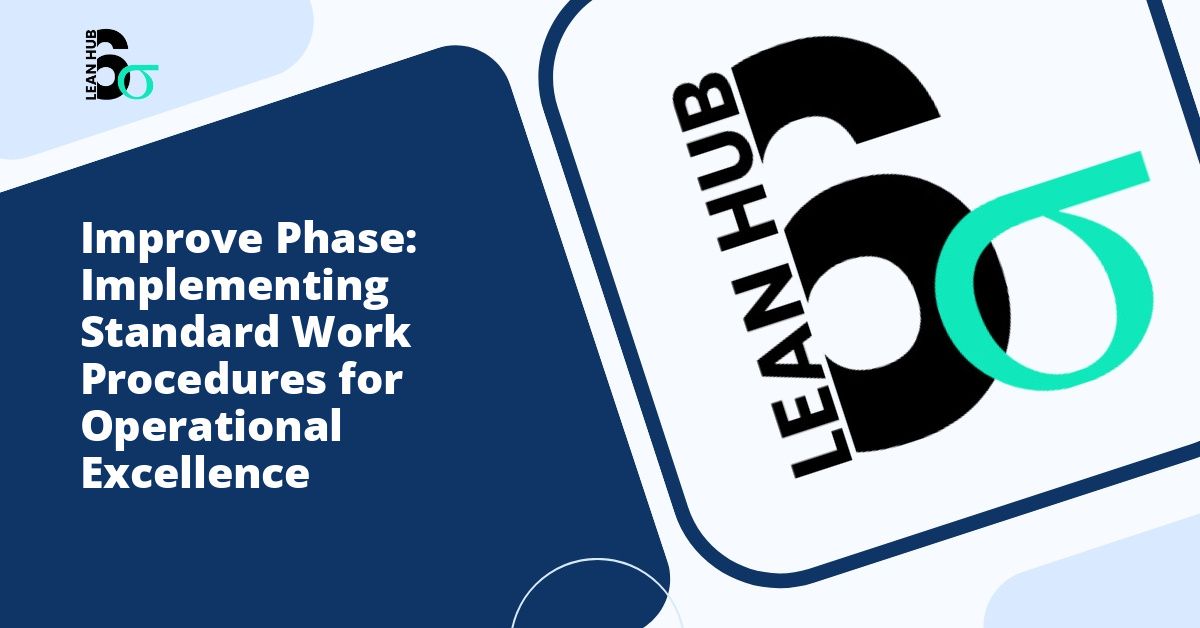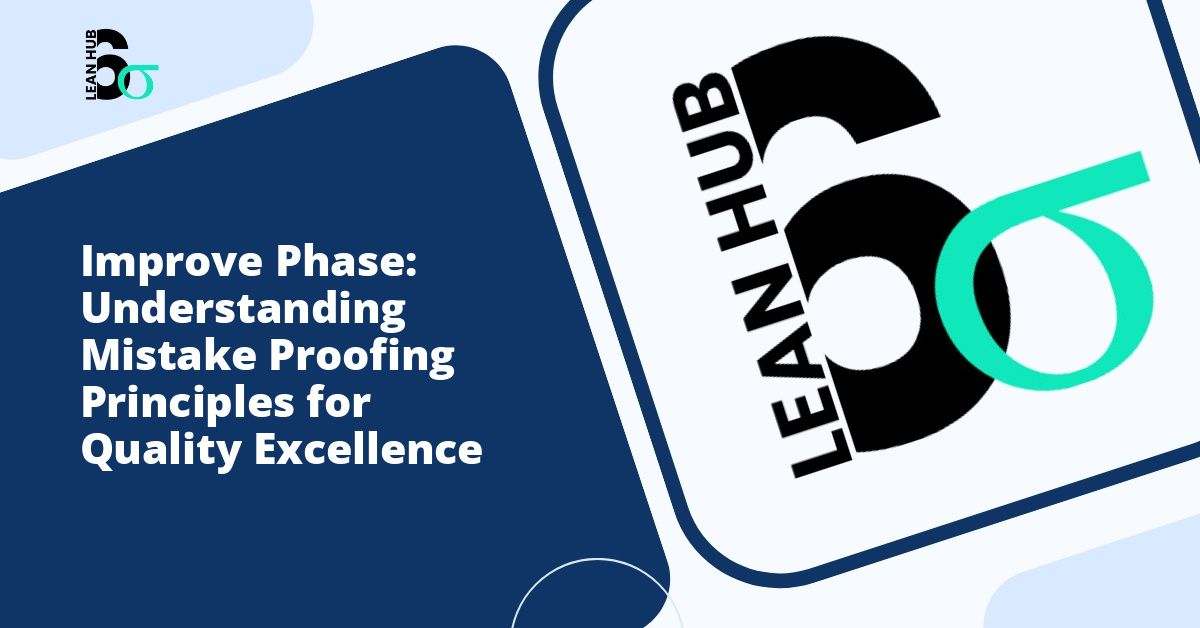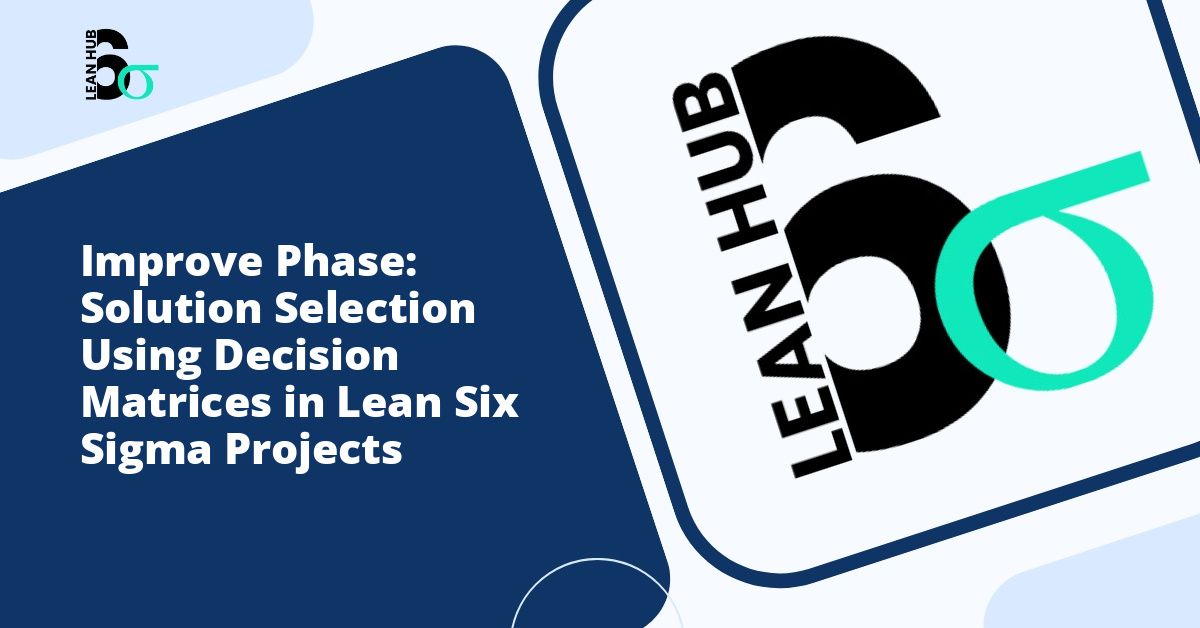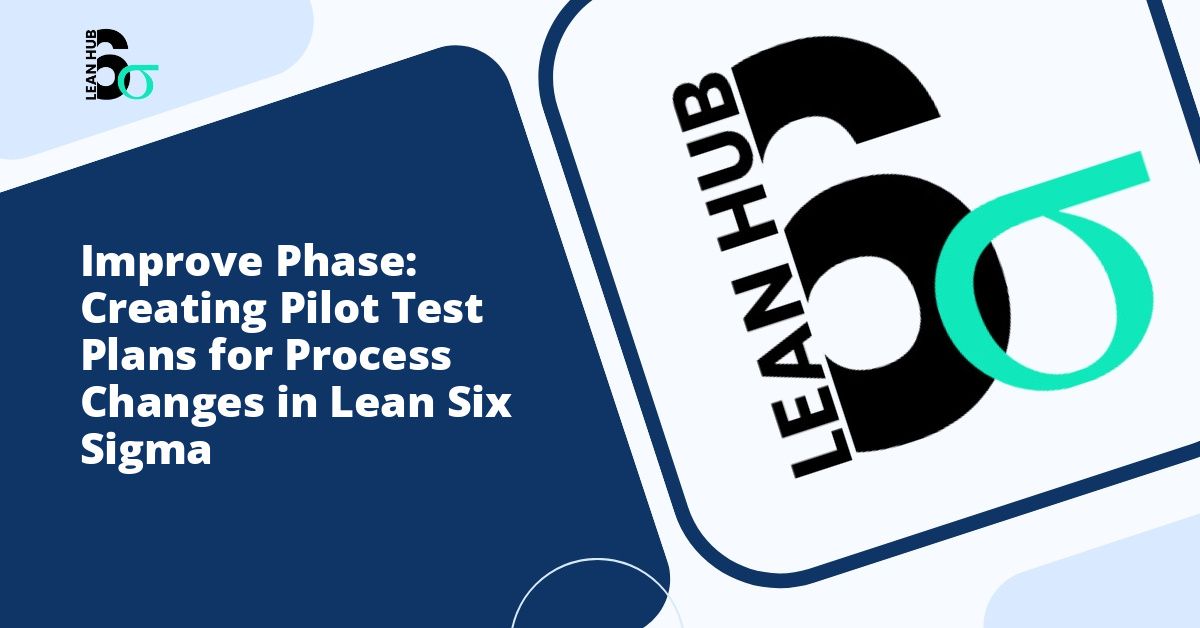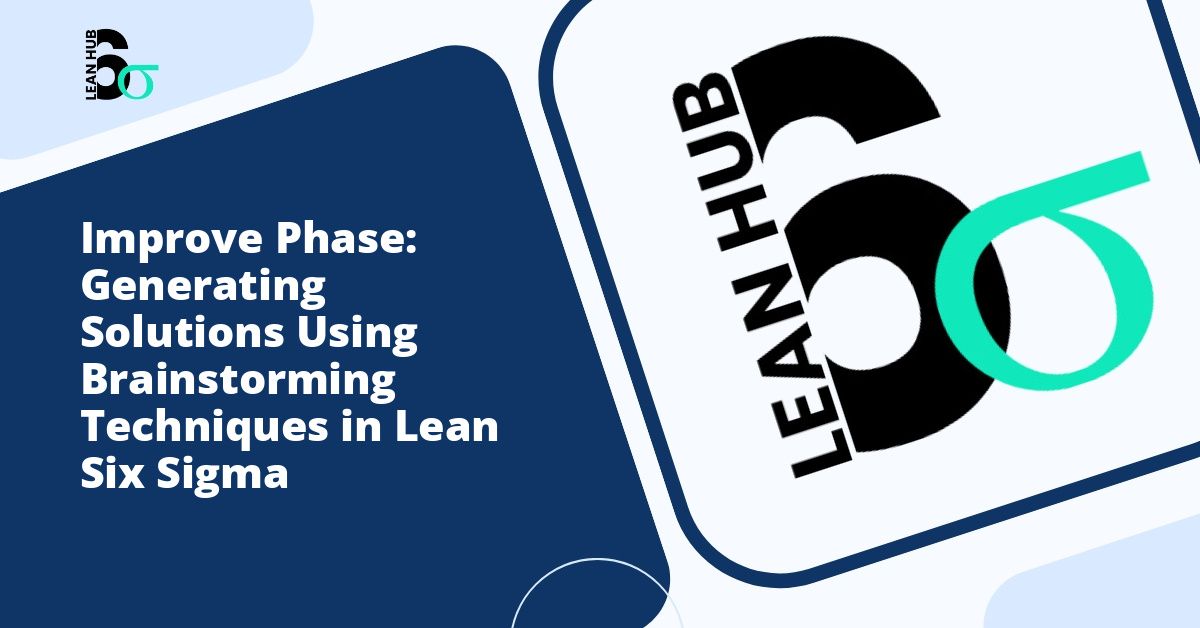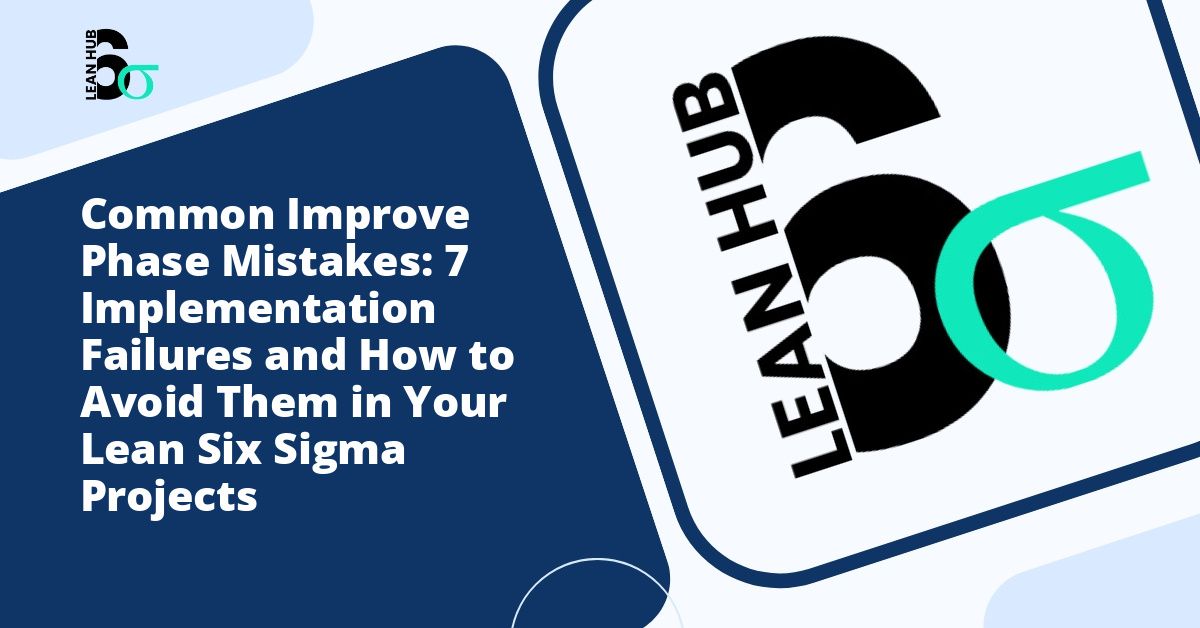In today’s fast-paced business environment, organizations constantly seek methods to improve efficiency, reduce waste, and enhance overall performance. Kaizen events have emerged as a powerful tool for achieving rapid improvements through focused, short-term initiatives that deliver measurable results. These intensive improvement activities combine the principles of continuous improvement with structured project management to create meaningful change in a compressed timeframe.
Understanding Kaizen Events and Their Strategic Value
Kaizen, a Japanese term meaning “change for better,” represents a philosophy of continuous improvement involving all employees from top management to frontline workers. A Kaizen event, also known as a Kaizen blitz or rapid improvement event, is a focused, short-term project typically lasting three to five days. During this period, a cross-functional team works intensively to analyze a specific process, identify improvement opportunities, and implement solutions that generate immediate impact. You might also enjoy reading about Standard Work in Six Sigma: Creating Consistent Processes That Deliver Results.
The strategic value of Kaizen events lies in their ability to produce quick wins that build momentum for larger organizational transformation initiatives. Unlike traditional improvement projects that may span months or years, Kaizen events deliver tangible results within days, creating enthusiasm and demonstrating the practical benefits of continuous improvement methodologies. You might also enjoy reading about Visual Management in Improve Phase: Making Process Performance Visible for Lasting Results.
The Connection Between Kaizen Events and Lean Six Sigma
Kaizen events complement lean six sigma methodologies by providing a rapid-deployment mechanism for process improvement. While comprehensive lean six sigma projects follow the DMAIC (Define, Measure, Analyze, Improve, Control) framework over extended periods, Kaizen events offer a streamlined approach suitable for addressing well-defined problems with clear scope boundaries. You might also enjoy reading about How to Generate Improvement Solutions: Brainstorming Techniques for Six Sigma Teams.
Organizations implementing lean six sigma programs often incorporate Kaizen events as tactical tools within their broader strategic improvement portfolio. These events can serve as entry points for introducing lean principles to teams unfamiliar with formal improvement methodologies, creating cultural readiness for more extensive transformation initiatives.
The Recognize Phase: Identifying Opportunities for Kaizen Events
The success of any Kaizen event begins with proper opportunity identification during what practitioners call the recognize phase. This critical preliminary stage involves systematically evaluating organizational processes to identify areas where focused improvement efforts can generate significant value.
During the recognize phase, leadership teams and process owners examine various factors including customer complaints, quality metrics, throughput bottlenecks, safety incidents, and employee feedback. The goal is to pinpoint specific processes or work areas where a concentrated improvement effort can produce measurable results within the short timeframe of a Kaizen event.
Criteria for Selecting Kaizen Event Opportunities
Effective opportunity selection during the recognize phase requires applying specific criteria to ensure the chosen focus area is appropriate for a Kaizen event approach:
- Scope Clarity: The problem or opportunity must be clearly defined with distinct boundaries that allow the team to maintain focus throughout the event.
- Feasibility: Proposed improvements should be implementable within the event timeframe without requiring extensive capital investment or lengthy approval processes.
- Impact Potential: The selected opportunity should offer meaningful improvement potential in key performance indicators such as quality, cost, delivery, or safety.
- Team Accessibility: The process should be accessible to the improvement team during the event, allowing for real-time observation, analysis, and experimentation.
- Stakeholder Support: Key stakeholders and process owners must be willing to support the event and implement recommended changes.
Planning Your Kaizen Event for Maximum Impact
Thorough planning distinguishes successful Kaizen events from those that fail to deliver lasting improvements. The planning phase typically begins two to four weeks before the actual event and encompasses several essential activities.
Establishing Clear Objectives and Metrics
Every Kaizen event requires specific, measurable objectives that define success. These objectives should align with organizational strategic goals while remaining achievable within the event timeframe. Establishing baseline metrics before the event provides the foundation for measuring improvement and demonstrating value to stakeholders.
Assembling the Right Team
A well-composed Kaizen event team typically includes six to ten members representing diverse perspectives and expertise. The team should include process owners, frontline workers who perform the work daily, subject matter experts, and representatives from supporting functions such as quality, maintenance, or information technology. Including individuals with direct process knowledge ensures that improvement ideas are practical and grounded in operational reality.
Preparing the Logistics
Successful events require careful attention to logistical details including dedicated workspace, necessary tools and materials, data collection instruments, and visual management supplies. Securing full-time participation from team members for the event duration is essential, as divided attention significantly diminishes event effectiveness.
Executing the Kaizen Event: A Day-by-Day Framework
While specific approaches vary based on organizational needs and process characteristics, most Kaizen events follow a general framework that guides the team from problem understanding through solution implementation.
Day One: Understanding Current State
The event launches with team orientation, objective clarification, and intensive current-state analysis. Teams spend significant time observing the actual process, collecting data, and documenting how work currently flows. This phase emphasizes going to the gemba (the actual place where work occurs) to develop firsthand understanding rather than relying solely on process documentation or assumptions.
Days Two and Three: Analyzing and Developing Solutions
With current-state understanding established, teams analyze collected data to identify root causes of problems and sources of waste. Using tools such as value stream mapping, fishbone diagrams, and the 5 Whys technique, teams systematically examine contributing factors. Solution development follows, with teams generating creative ideas through brainstorming sessions and evaluating options based on impact potential and implementation feasibility.
Days Four and Five: Implementing and Standardizing
The final phase focuses on rapid implementation of approved solutions. Teams make physical changes to workspaces, revise procedures, create visual controls, and pilot new processes. This hands-on implementation distinguishes Kaizen events from traditional planning exercises. The event concludes with documentation of new standard work, establishment of monitoring mechanisms, and preparation of findings for presentation to leadership.
Sustaining Improvements Beyond the Event
The true measure of Kaizen event success extends beyond the event week itself. Sustaining improvements requires deliberate follow-up activities including regular performance monitoring, addressing implementation obstacles, and reinforcing new behaviors through leader standard work.
Organizations should establish 30, 60, and 90-day review points to verify that improvements remain in place and continue delivering expected benefits. Assigning clear ownership for monitoring and sustaining changes prevents the common pitfall of backsliding to previous practices once event enthusiasm fades.
Common Pitfalls and How to Avoid Them
Despite their potential, Kaizen events can fall short when organizations overlook critical success factors. Common pitfalls include selecting overly broad scope, failing to secure adequate team participation time, neglecting pre-event planning, and lacking leadership support for implementation. Successful organizations address these challenges through rigorous event preparation, clear communication of expectations, and visible leadership engagement throughout the process.
Conclusion: Building a Culture of Continuous Improvement
Kaizen events represent powerful vehicles for generating rapid improvements while building organizational capability for continuous improvement. When properly planned and executed, these intensive improvement efforts deliver immediate operational benefits while developing employee problem-solving skills and fostering engagement. By carefully working through the recognize phase to identify appropriate opportunities, investing in thorough planning, and maintaining focus on sustainable implementation, organizations can leverage Kaizen events as catalysts for broader cultural transformation. The quick wins generated through these events create momentum and credibility that support more extensive improvement initiatives, ultimately building competitive advantage through operational excellence.


